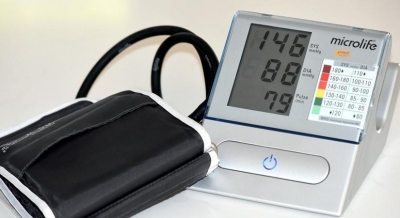London: Scientists have unlocked the secrets of how high blood pressure (hypertension) fuels the progression of arterial disease.
The study, published in the journal Advanced Science, focused on vascular smooth muscle cells (VSMCs), the workhorses responsible for maintaining blood vessel tone and flow.
Led by Thomas Iskratsch, Professor at Queen Mary University of London, the research team exposed a novel mechanism by which elevated pressure transforms muscle cells in the arterial wall into “foam cells” — the building blocks of plaque buildup that cripples arteries. Under the chronic stress of hypertension, VSMCs undergo a dramatic makeover.
The researchers discovered that pressure alone triggers these cells to fill with lipid droplets, morphing them into foam cells — culprits in the formation of atherosclerotic lesions, the hallmark of arterial disease.
“This finding is pivotal because VSMCs make up over half of the foam cells found in arterial blockages,” explains Professor Iskratsch.
“Understanding how pressure flips this switch from muscle to foam cell is crucial for developing new therapies to control or reverse the buildup of these dangerous lesions,” he added.
Using advanced imaging techniques, researchers pinpointed a “mechanosignalling” pathway involving Piezo1, a pressure-sensitive protein, as well as changes in lipid metabolism and gene activity. This paves the way for novel therapies targeting specific pressure-sensitive points in the cell.
“Our findings provide a vital blueprint for developing next-generation therapies that could benefit millions suffering from the life-threatening consequences of arterial disease,” said Iskratsch.
–IANS


Comments are closed.